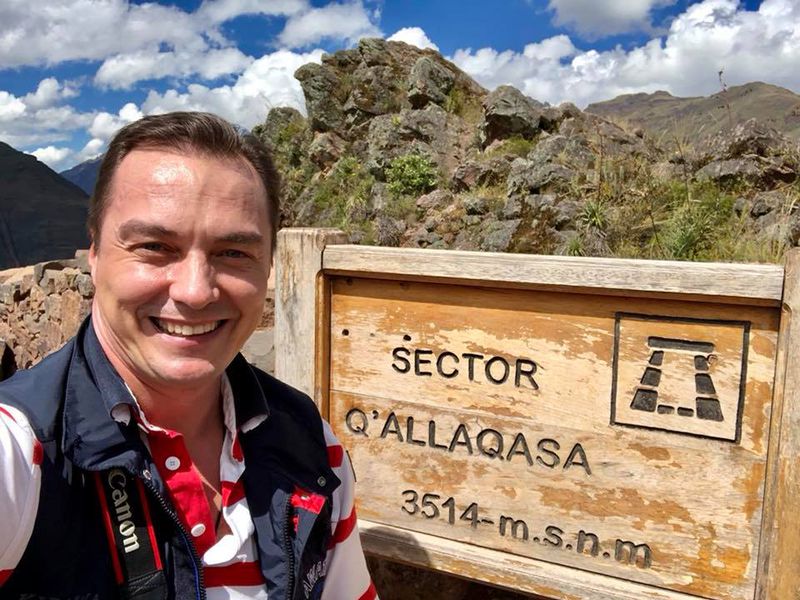
Инки, воспитывая своих детей, давали им... разнополые игрушки, с детства приучая к различению! Так и мы – экспедиция Живая Параллель, продолжая перуанский этап маршрута, ищем различения в развитии культур, дабы глубже познать собственную.
Nature, on its evolutionary path, not only creates complex living structures, perfecting them from unicellular to multicellular, but also seeks to prolong their existence, endowing them with a number of properties at different levels (cellular, organ, organismal, population).
Nature strives for permanence and integrity of living structures, endowing them with the ability to self-reproduce and compensate for damage. Living structures are protected from the external environment by creating envelopes.
Creating membranes is a property of living structures. Human skin is one of them.
Two basic processes in the skin - regeneration (responsible for integrity and self-reproduction) and reparation (responsible for damage compensation) - are the evolutionary prerequisites for wound healing.
To this day, we have the opportunity to observe miracles of healing, up to regrowth of the removed limb or tail in reptiles, reptiles and some amphibian species, whose wounds show a high concentration of cells belonging to the embryonic period, the so-called niche cells.
Reptiles have preserved a unique healing mechanism, while humans may have lost it in the process of evolution.
This mechanism is well studied. Starting from the early embryonic stages of skin development, cells divide symmetrically and parallel to the basal membrane, providing skin enlargement in the growing embryo, forming a unicellular layer. Subsequently, the cells on the basal membrane also divide symmetrically into themselves, which remain on the membrane, and asymmetrically into differentiating cells such that the mitotic spindle is directed perpendicular to the basal membrane.
The resulting daughter cells find themselves in unequal conditions, as one of them remains attached to the basal membrane and the other does not. This difference determines their further fate. Those that remain on the membrane are sensitive to adhesive molecules and maintain proliferation. Others, through the transient stage, enter the path of differentiation and, moving upwards, turn into keratinocytes, forming the multilayer epidermis.
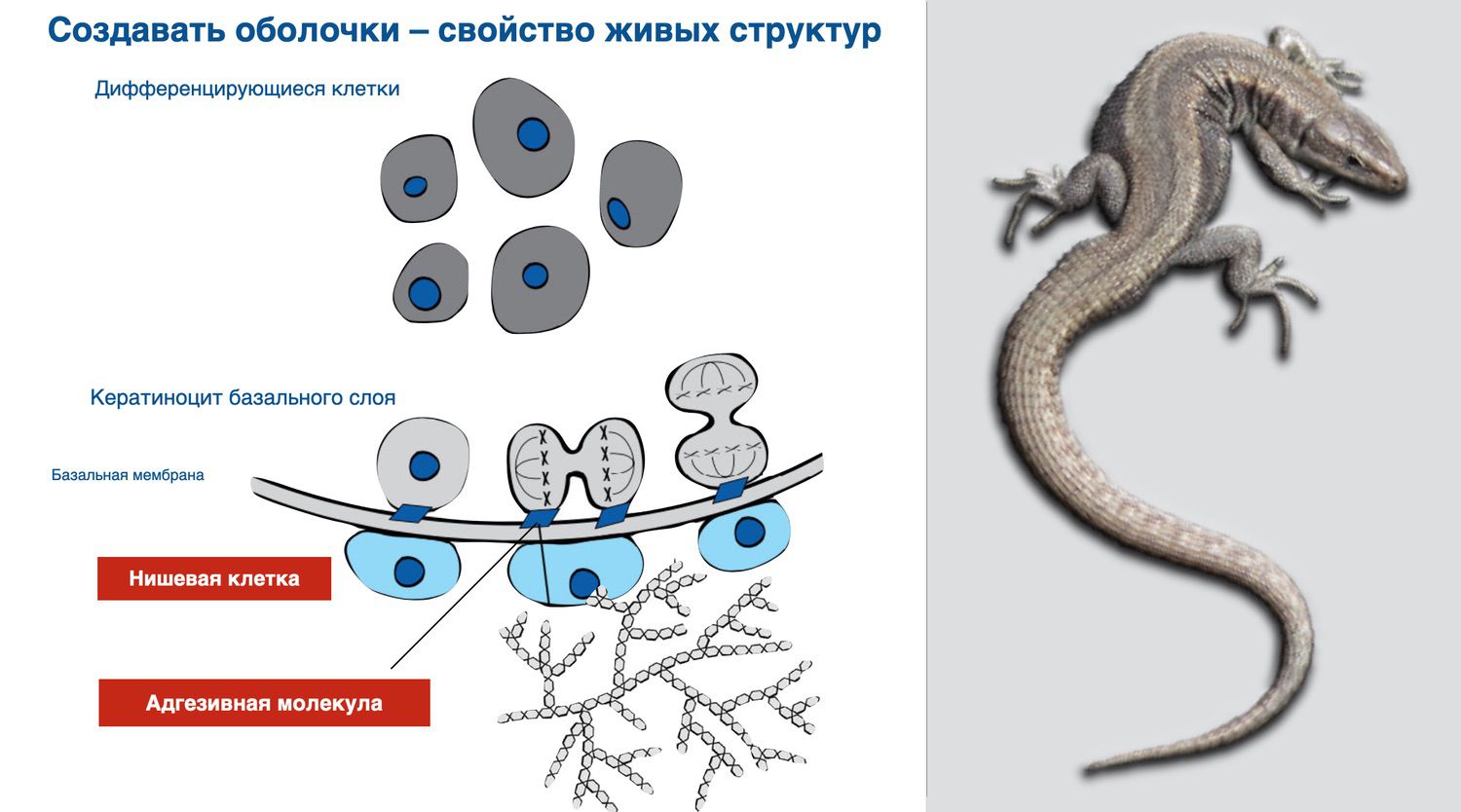
On the other side of the basal membrane, among other things, so-called niche cells (CD34+) were found, which, when damage occurs, signal to the basal membrane cells how and at what rate they should divide. This happens through the above-mentioned signaling adhesive molecules of non-protein nature. This is a key area of our efforts if we want to control repair.
In the course of our research work, we have drawn attention to the fact that all living things can be attacked by bacterial infection. However, we have found isolated reports of fetal sepsis in the literature. Comparing this information with our need for a new approach to wound healing, it occurred to us that the substance satisfying our research search might be of biological origin.
Experimentally, we found that if the lizard's tail was separated, a layer of cells with the CD34+ phenotype would form in the wound. Then it became obvious to us that it was necessary to transfer the ancient evolutionary mechanism of wound healing. Of the ancient representatives, we took the chicken, paying attention to its foot, which is nothing but a rudiment of a dinosaur's foot. This means that the embryo rehbws could have the healing mechanisms of interest to us. Therefore, the chicken embryo became the object of our study.
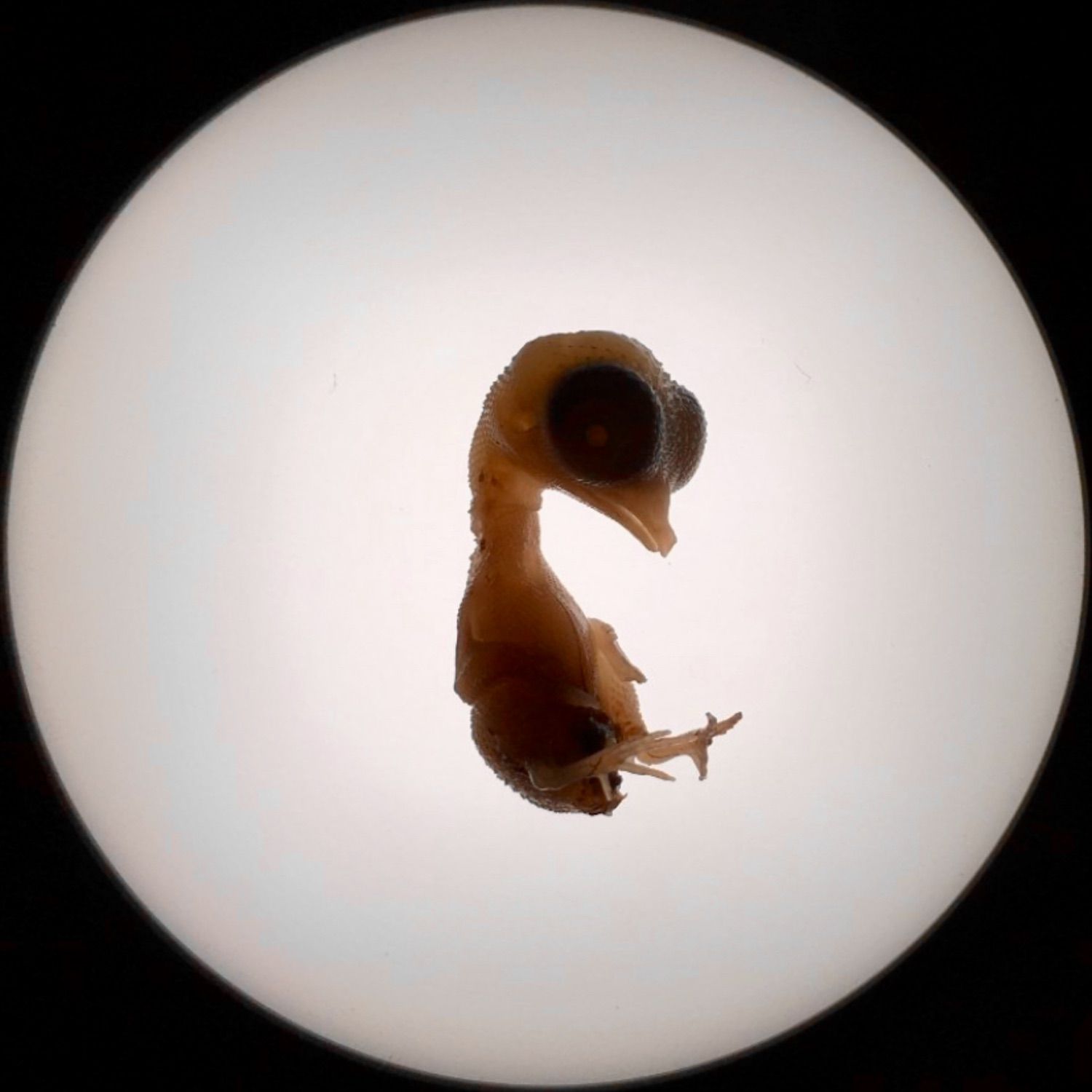
It took several years to isolate the necessary substance in pure form, determine their formula and molecular weight, and fix it in a biopolymer gel of hydroxymethylcellulose without losing its properties.
We managed to obtain from the surface of chicken embryo cells a molecule with the effect of a biological catalyst, similar to those molecules that are expressed by niche cells, triggering the reparative process.
Subsequently, the production of Cellgel was organized as a wound-healing cosmetic recommended for local wound treatment and developed taking into account the phase of the wound process in accordance with the basic medical and biological requirements for analogues.
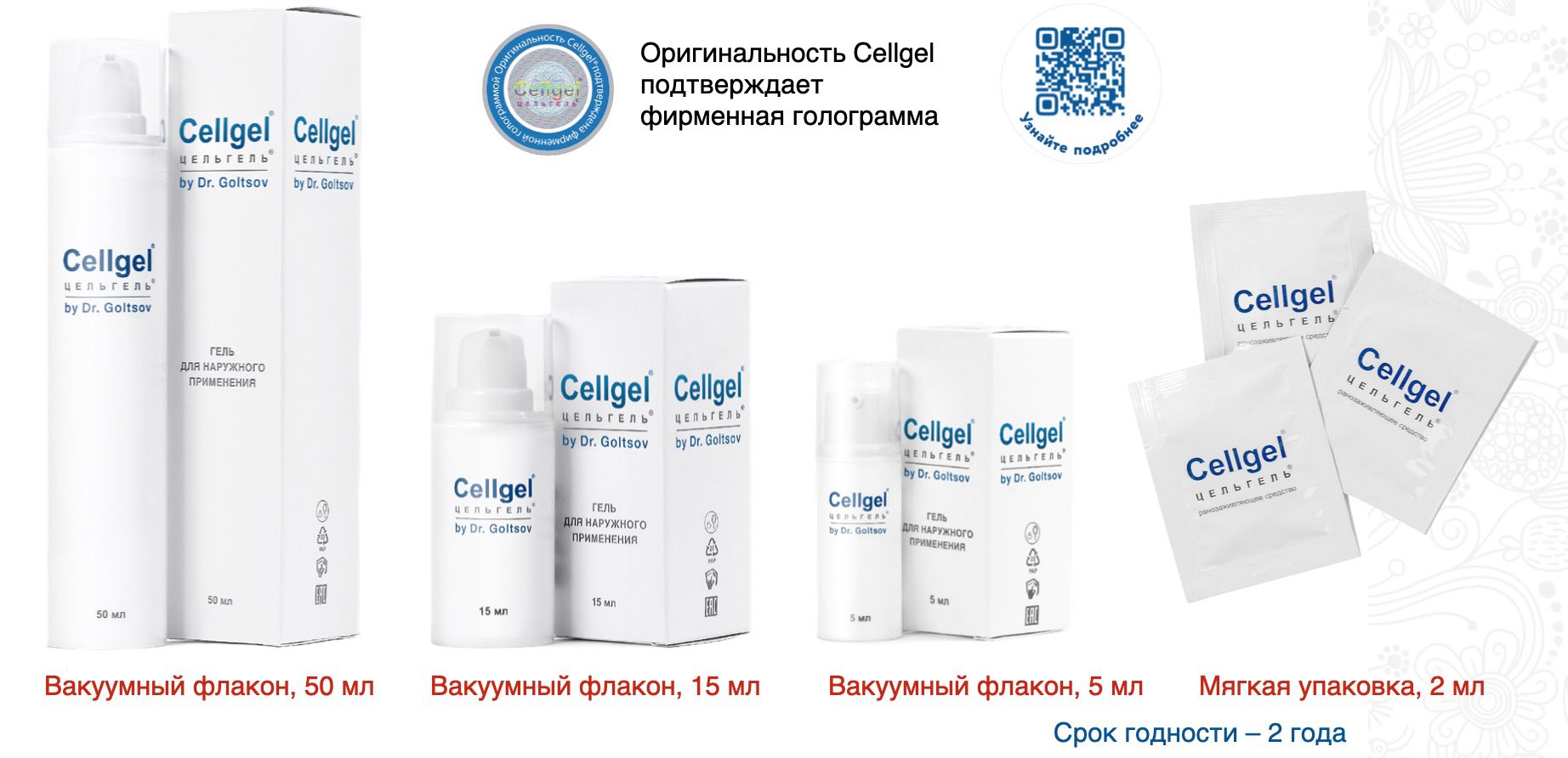
The active ingredient Cellgel, derived from the extract of chicken embryo cells, is characterized by the ease of application to the skin when applied to any wound, interacts with niche cells (CD34+) and with the cells of the basal layer, hair follicle or vascular endothelium, acting as a catalyst of granulation activity, stimulating the own growth pool of endotheliocytes in the wound.
The second component of Cellgel – hydroxyethylcellulose - acts as a biopolymer film holding the exposure of the active substance in the wound.
All of the above gives reason to speak about directed and controlled stimulation of the scarless healing pathway. In confirmation I will show the results of studies in which data were obtained about the dose-dependent effect of the studied molecules on cell viability and apoptosis processes in culture.
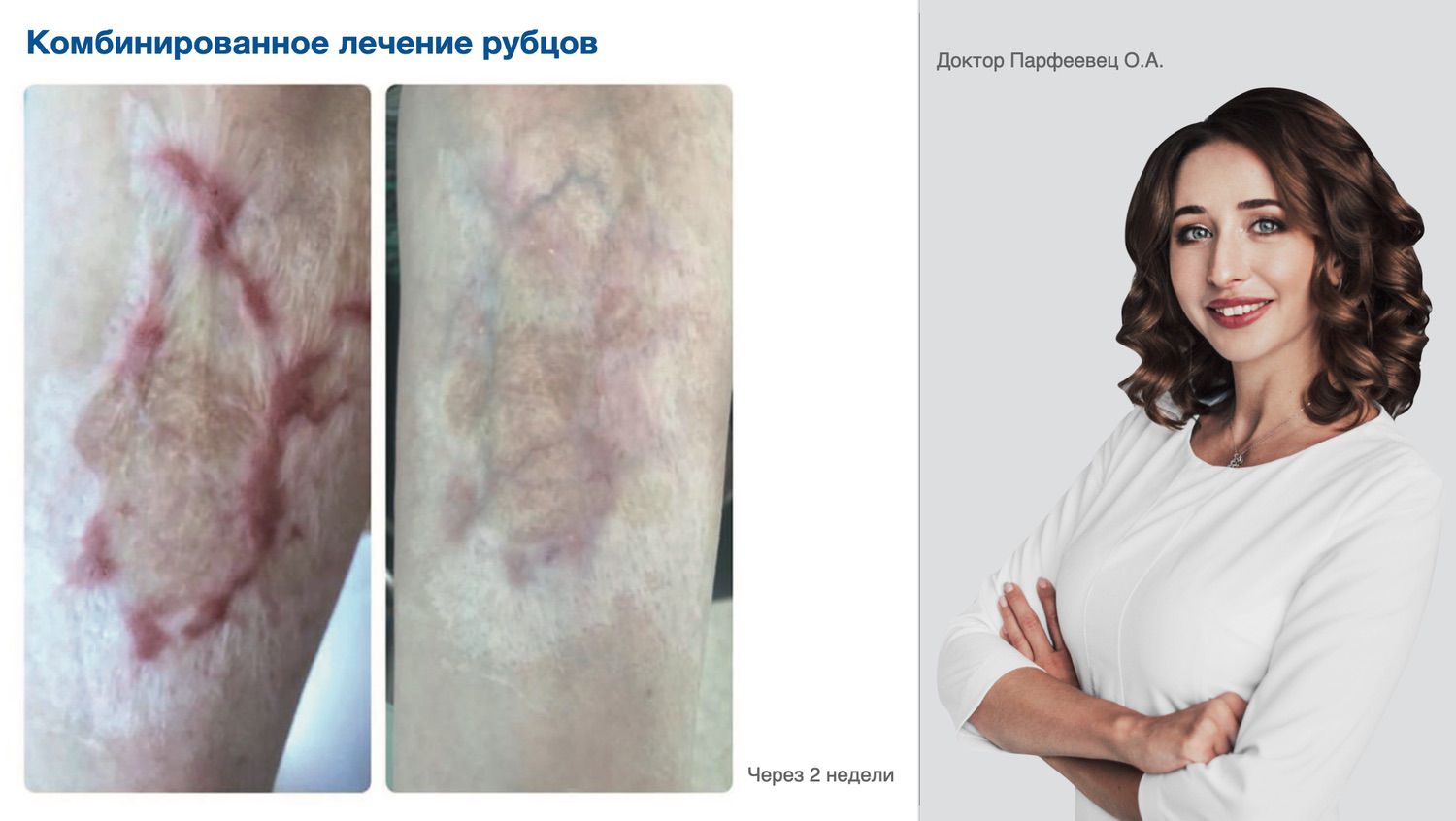
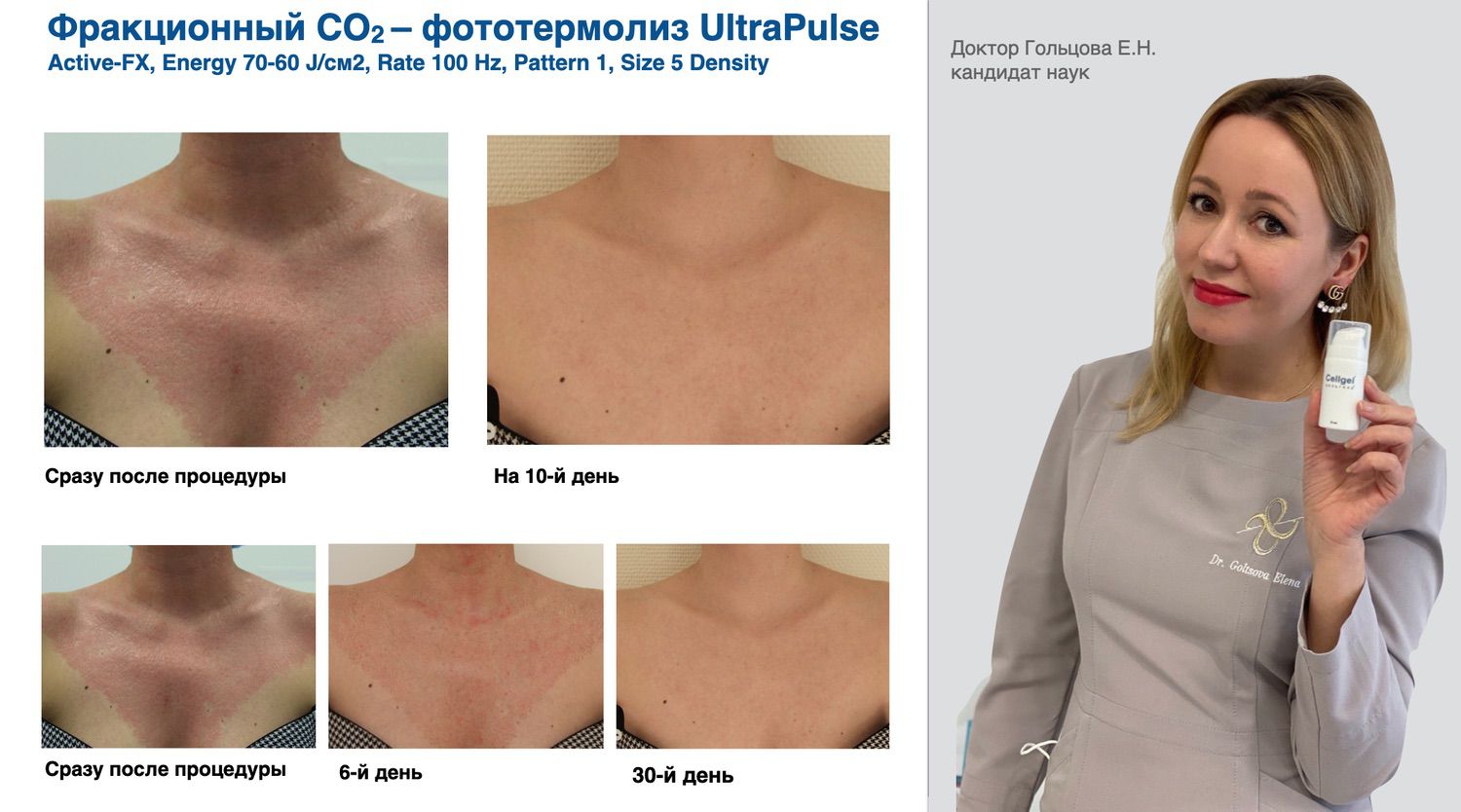

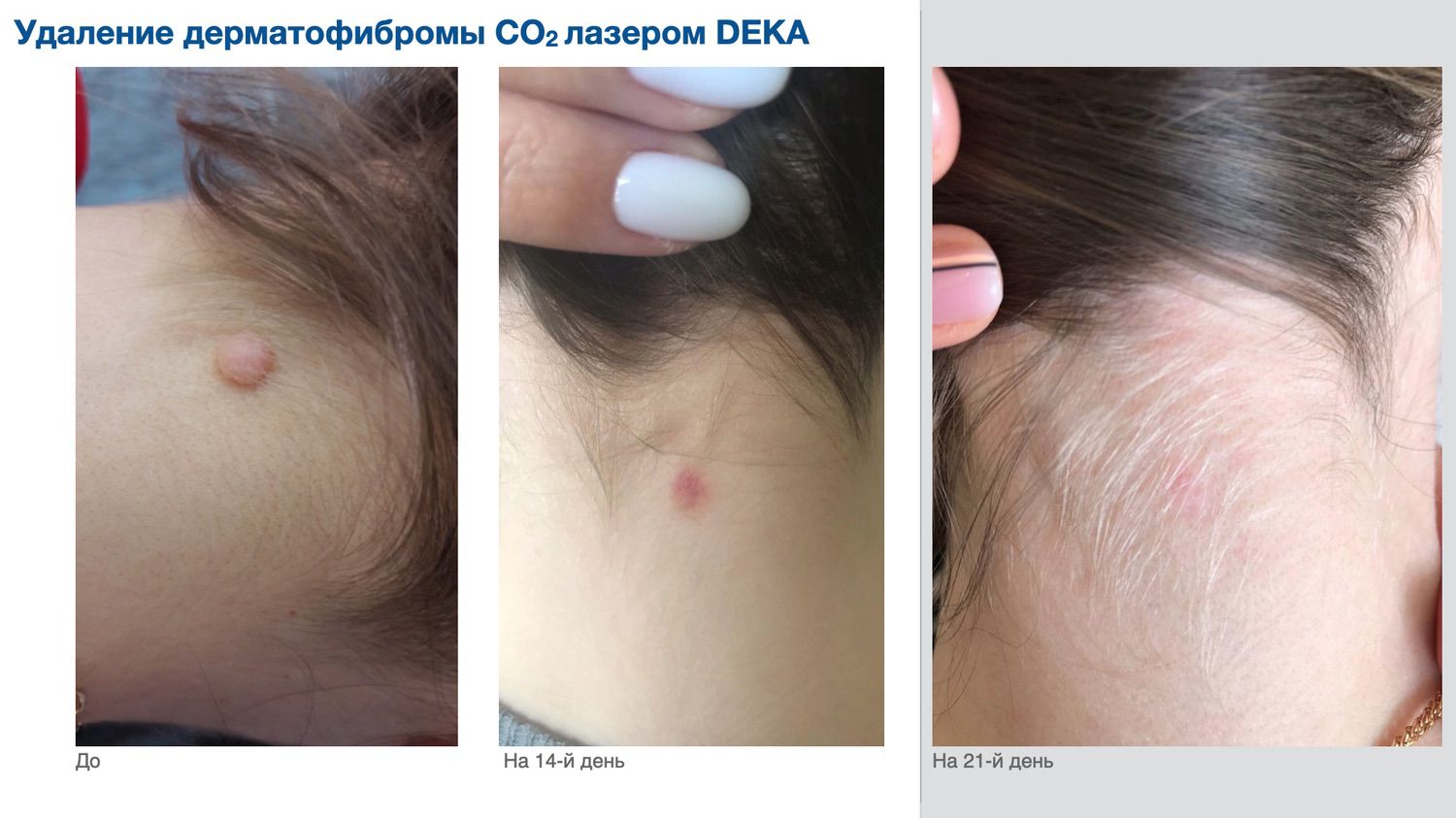
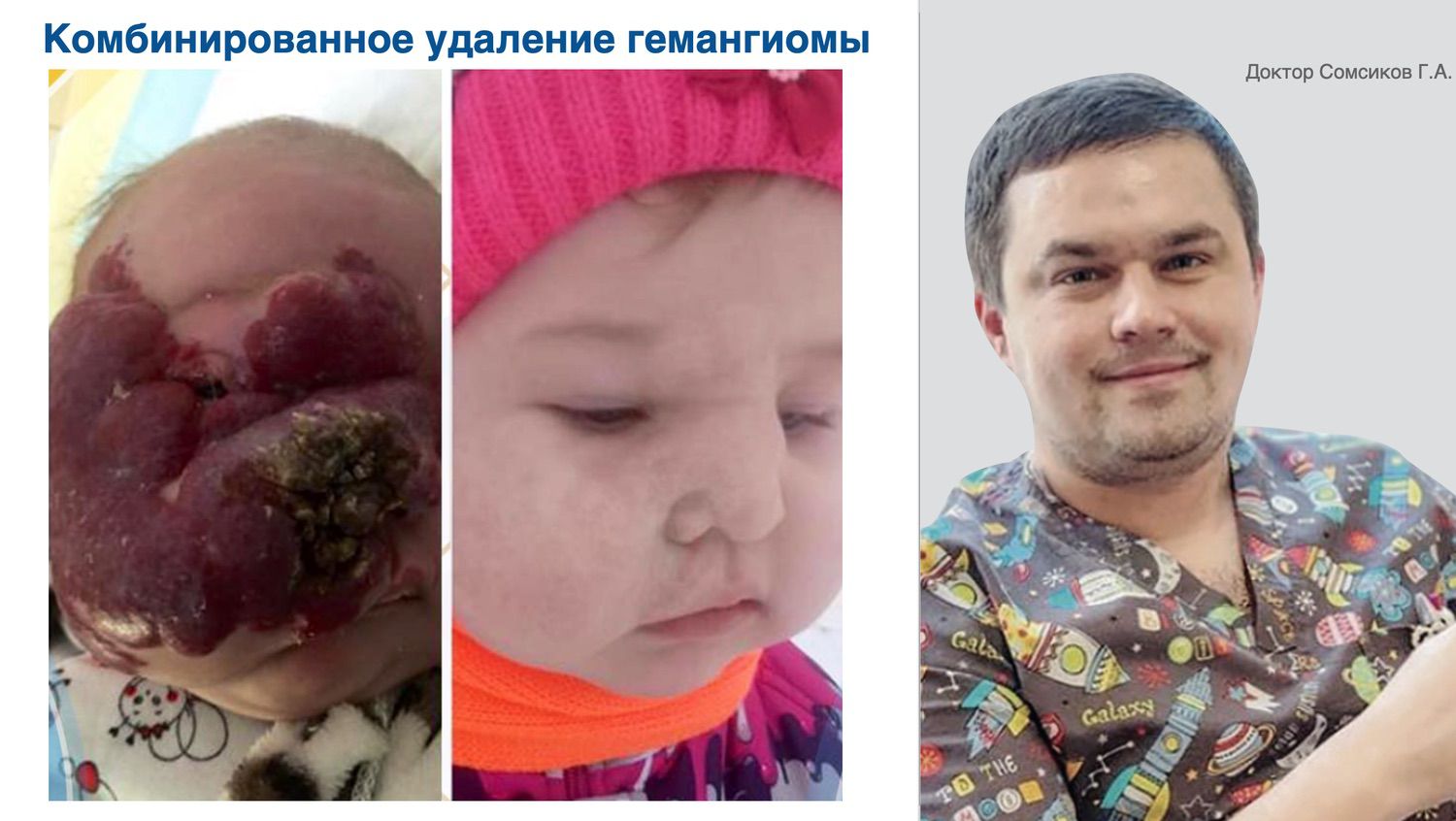
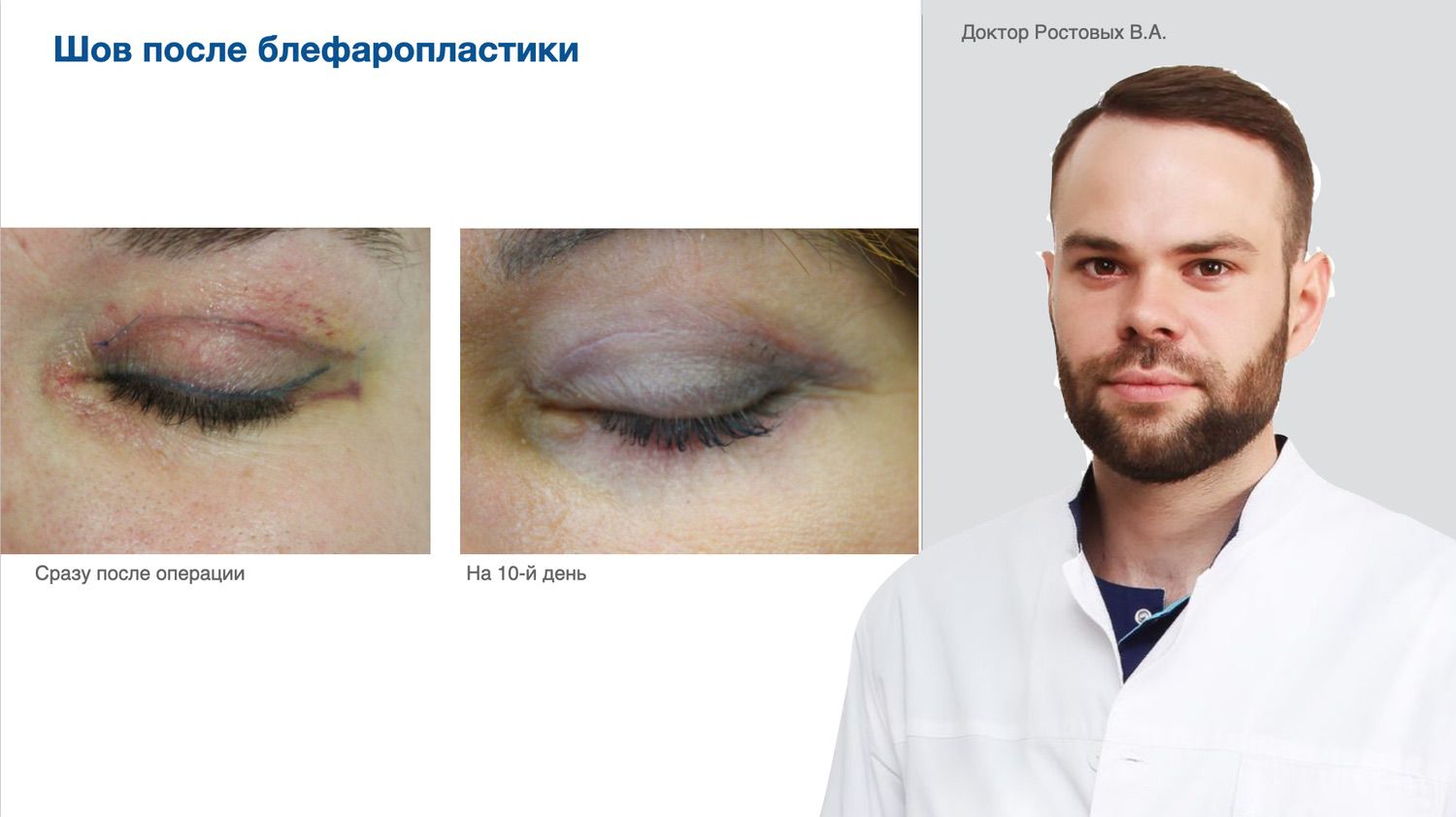
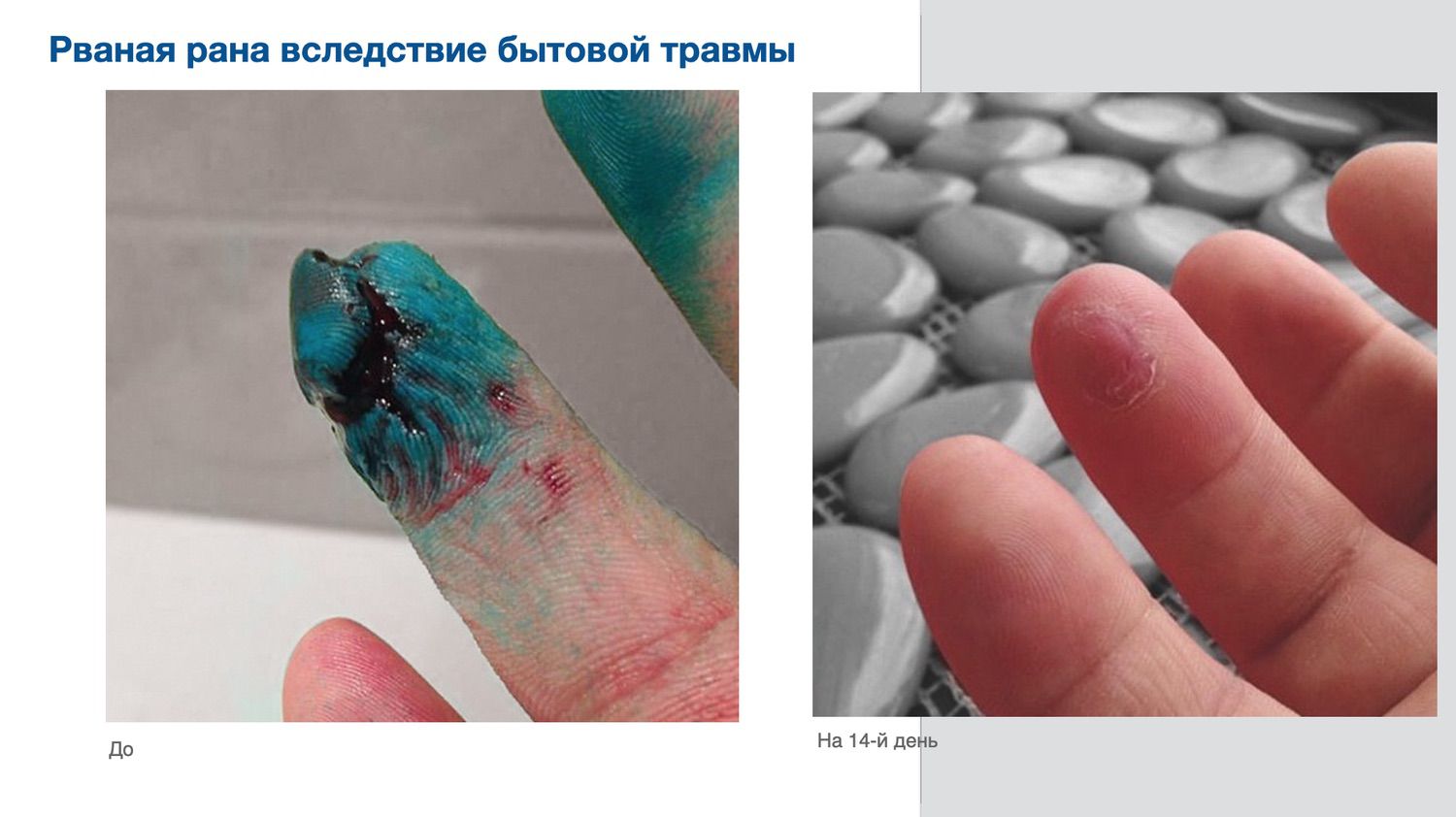
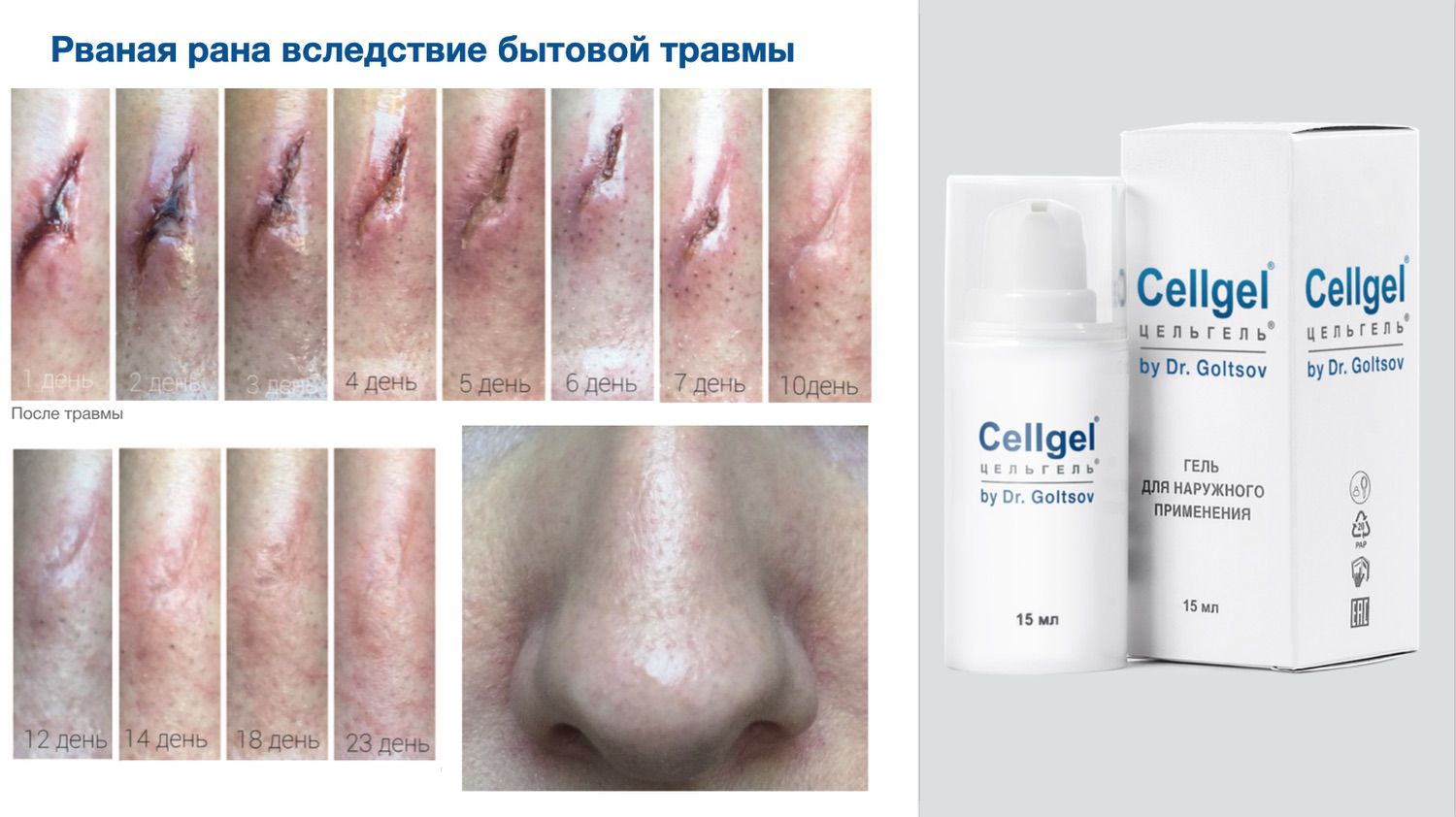
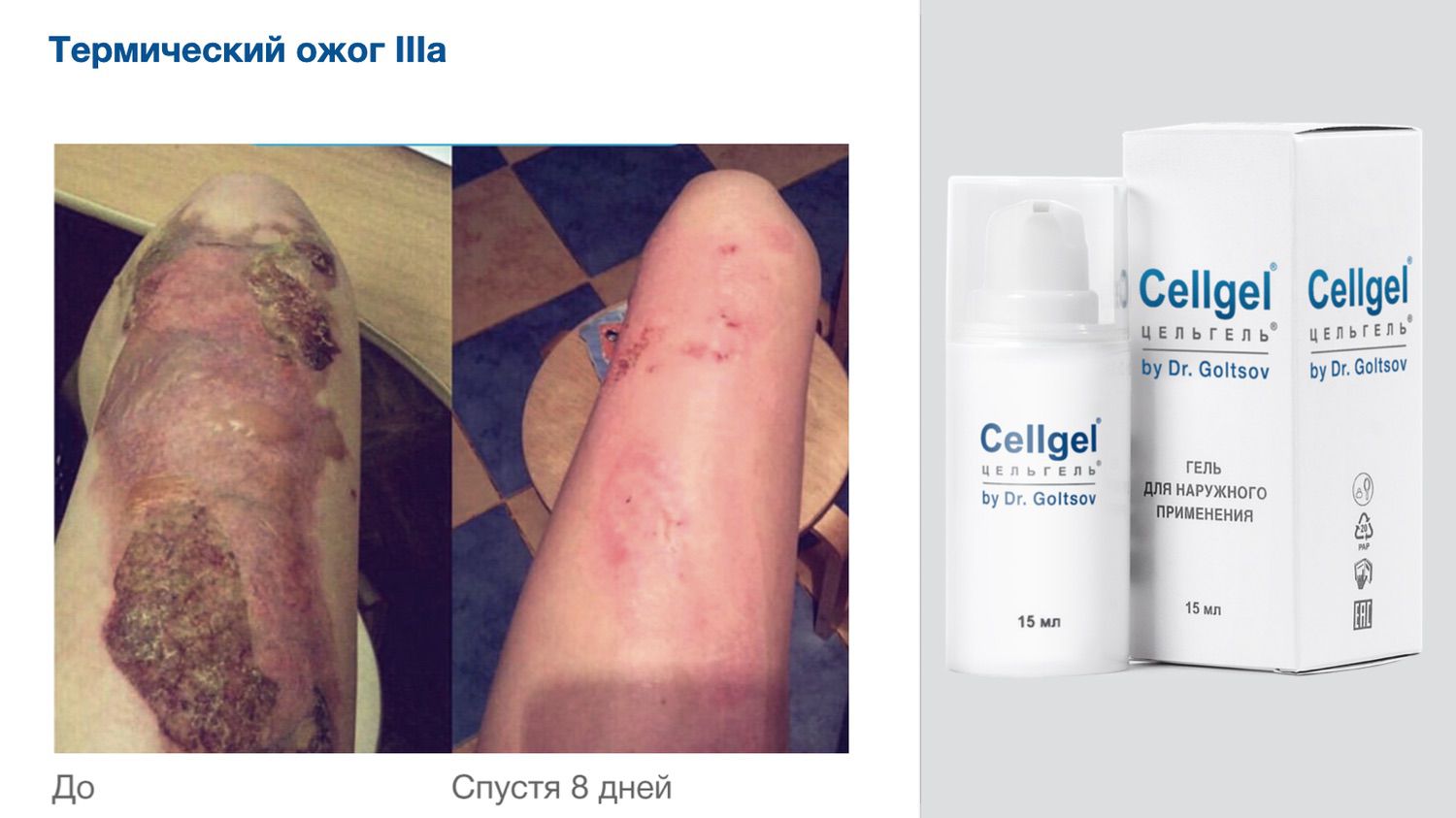
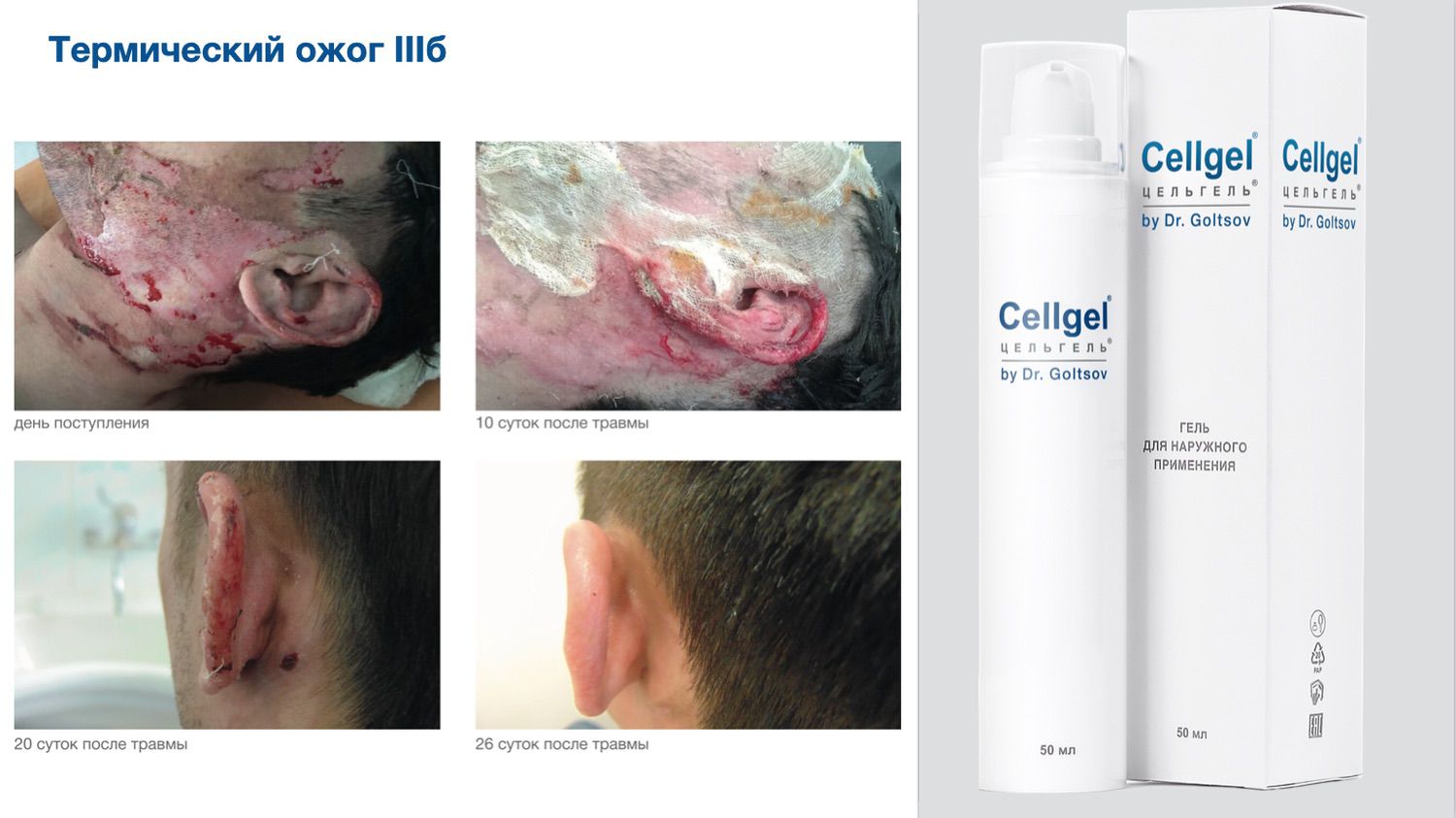
Today, the Cellgel line is available in an abundance of packages, making it possible to choose the right volume for your use.
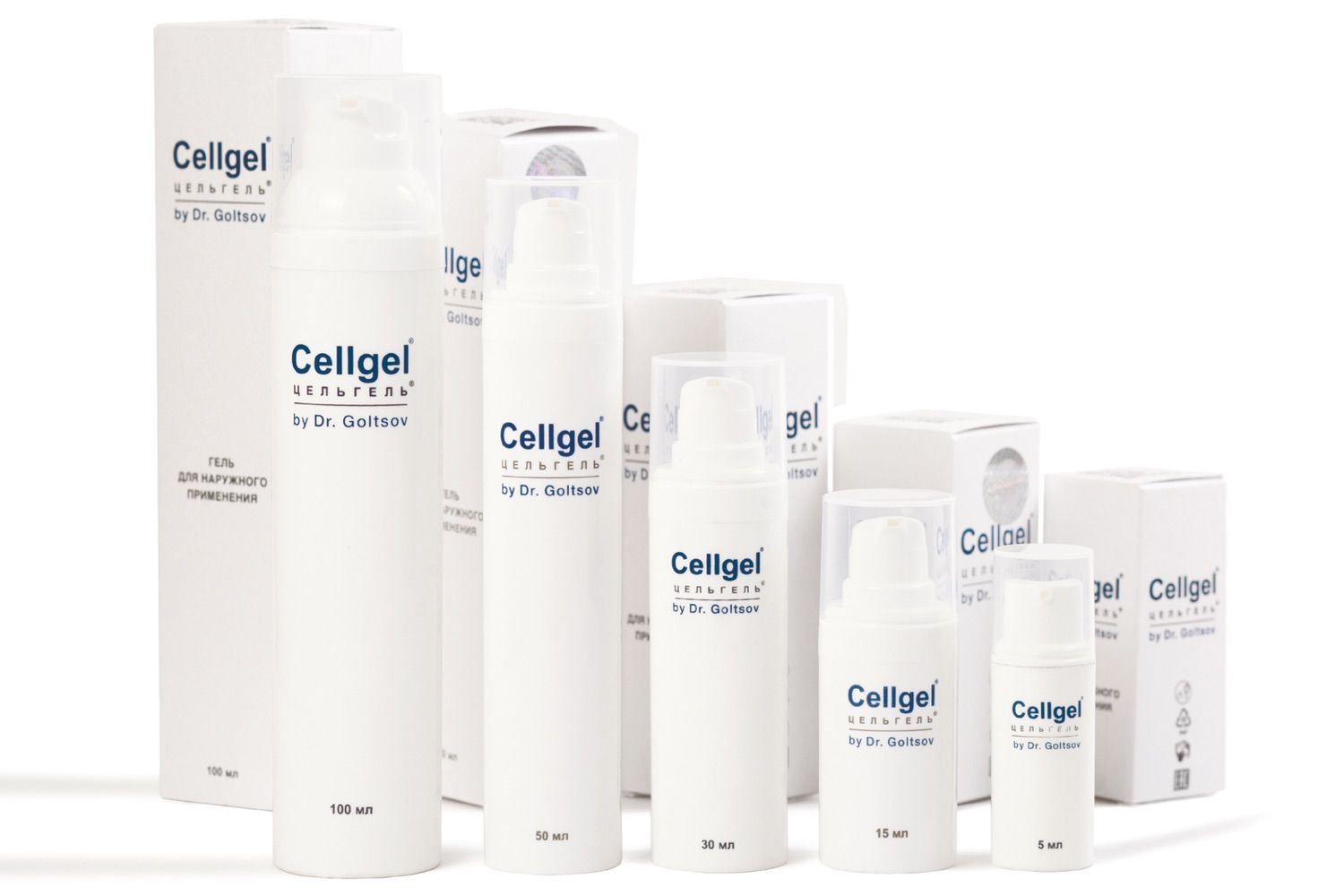
Cellgel production is certified.
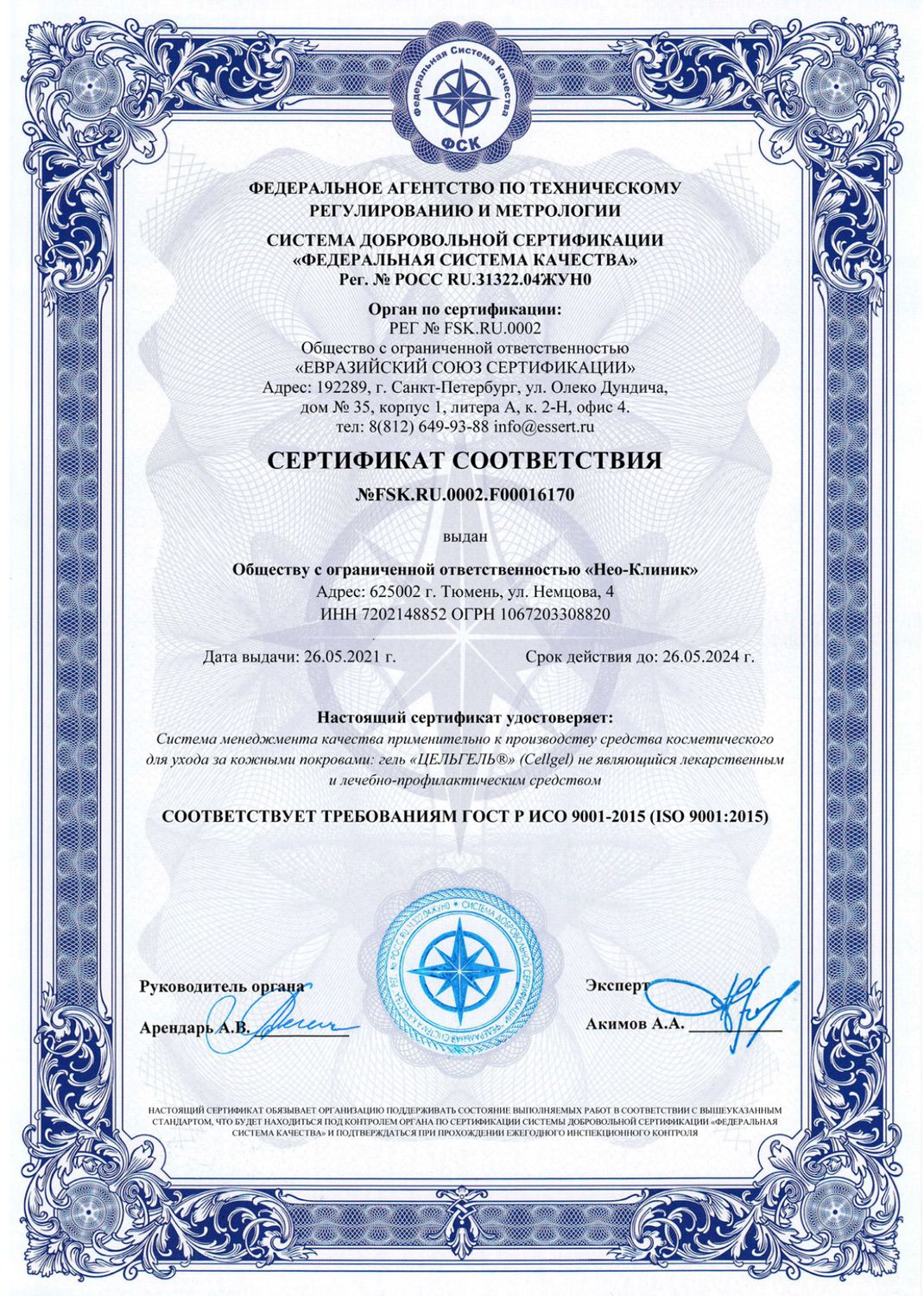
Production is scaled up to 10,000 bottles per month.
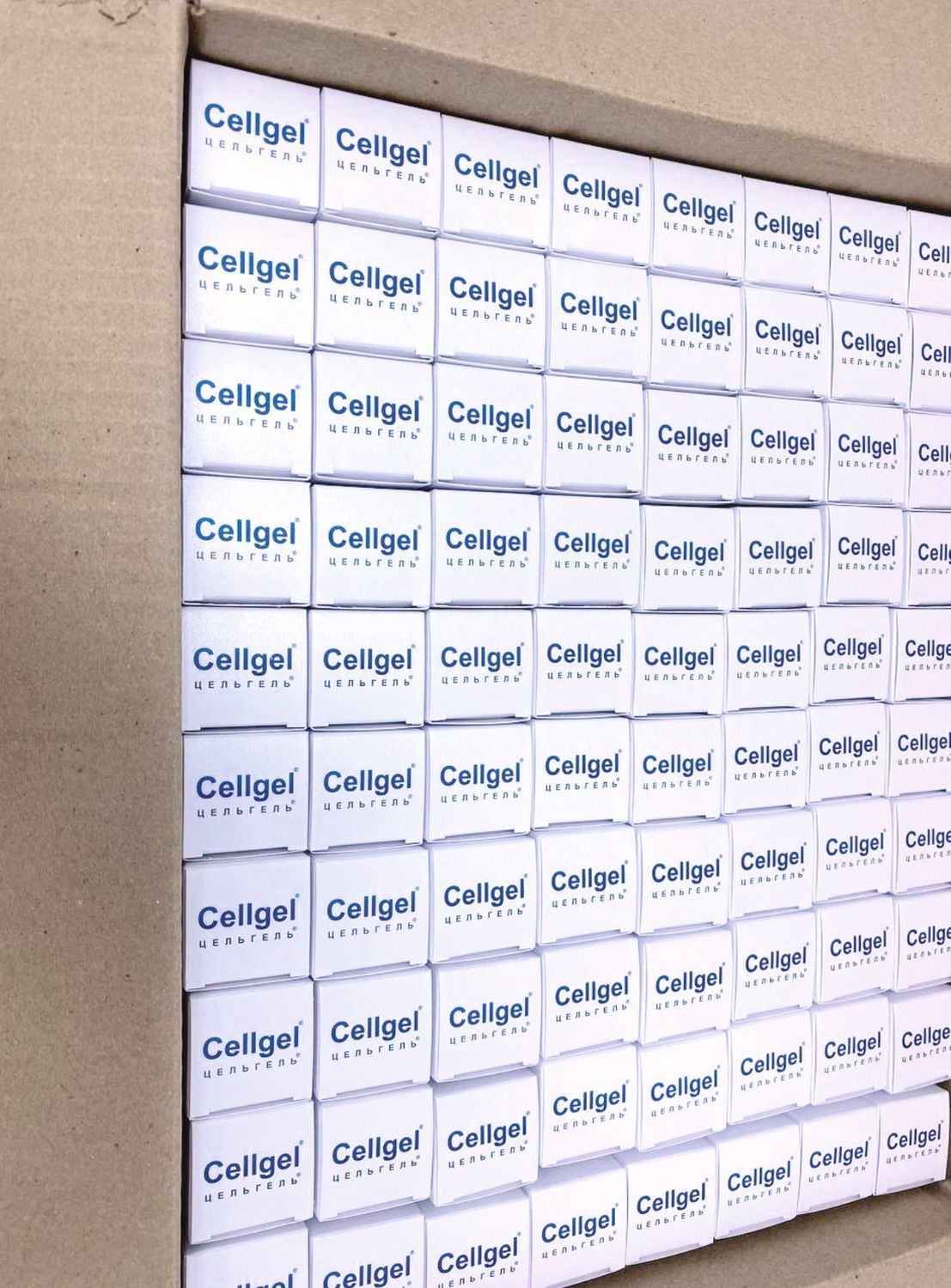
Cellgel is represented in 45 regions of Russia and the countries of the EAC.
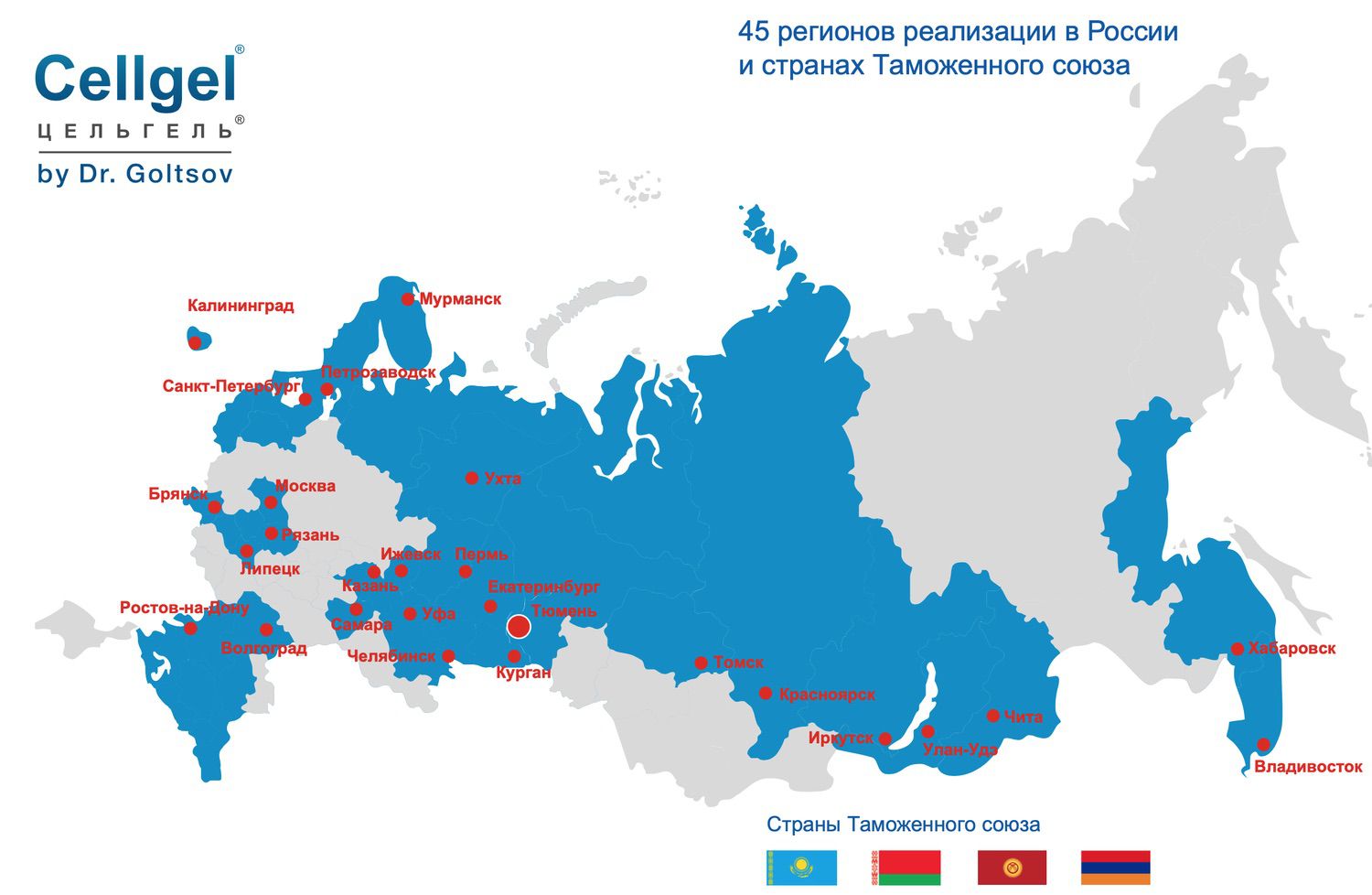
As a result, for more than 10 consecutive years Cellgel (CELGEL) has received government awards and is included in the "100 best products of Russia".

On this occasion, every year a solemn award ceremony is held in the large meeting room of the regional government.
But the most important thing is that Cellgel should always be on hand!
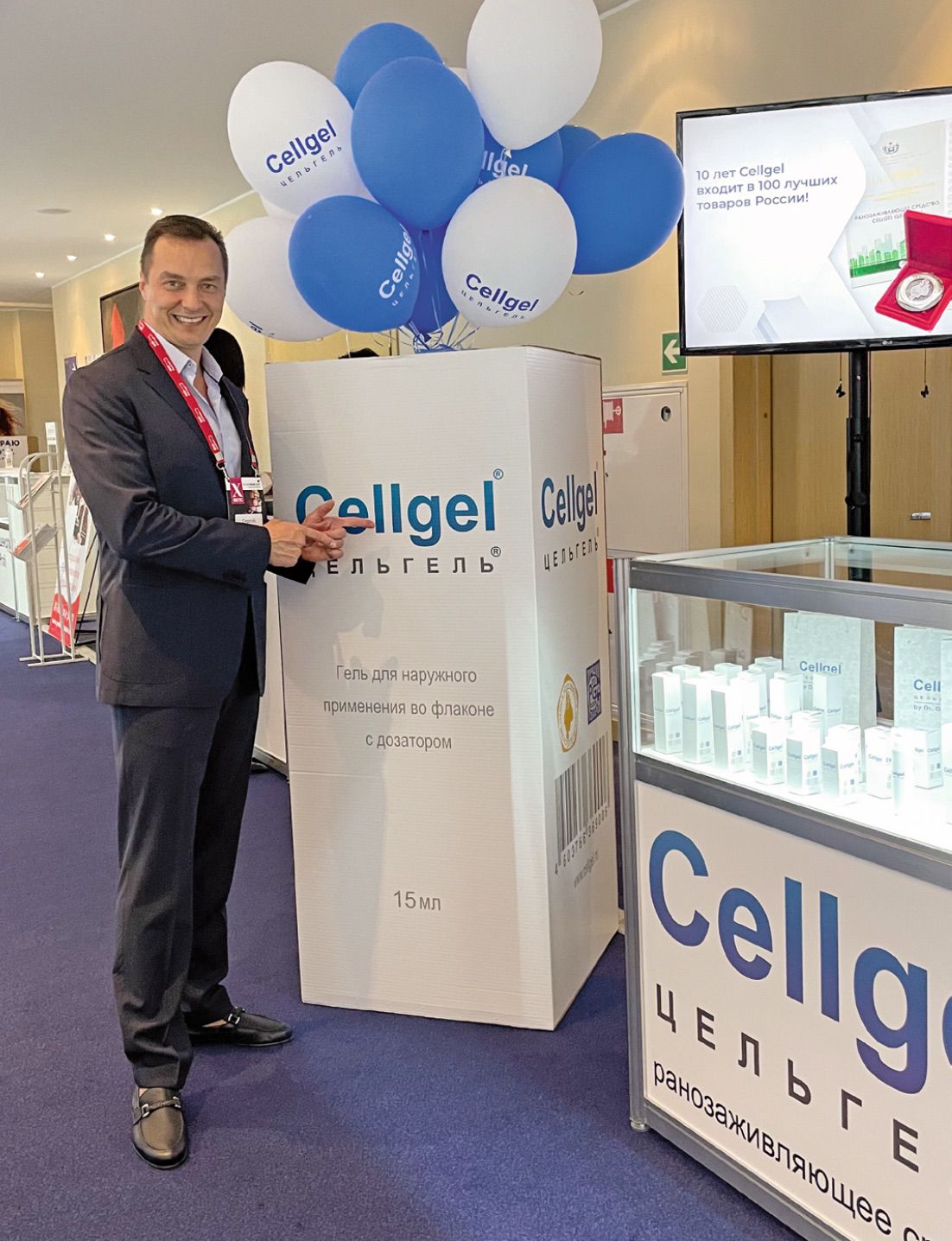
After all, it is recommended by the best doctors.
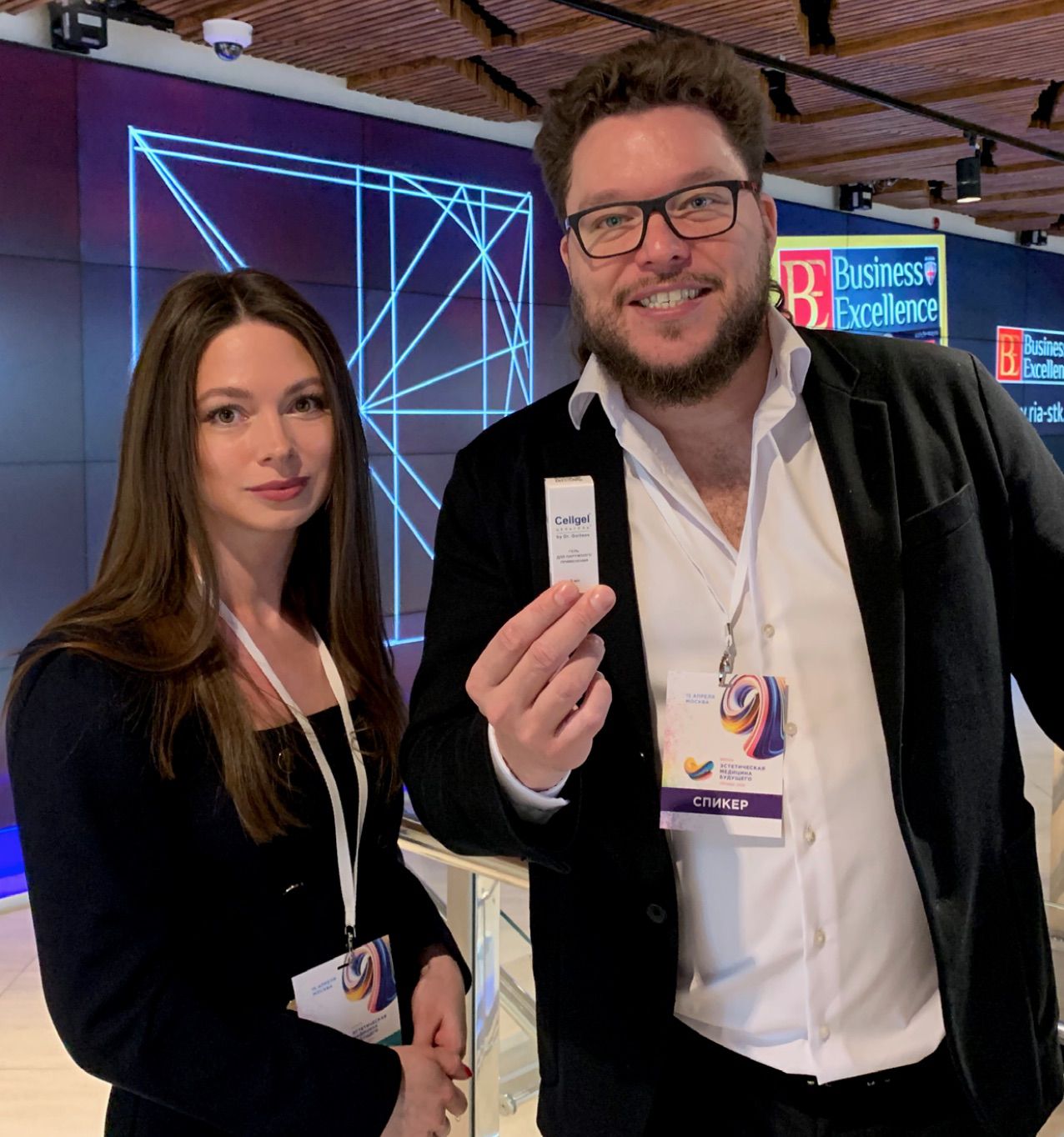
Сегодня, линейка Cellgel (ЦЕЛЬГЕЛЬ) представлена обилием фасовок, что даёт возможность выбрать нужный для использования объем.

10 лет подряд Cellgel (ЦЕЛЬГЕЛЬ) получает правительственные награды и входит в «100 лучших товаров России».
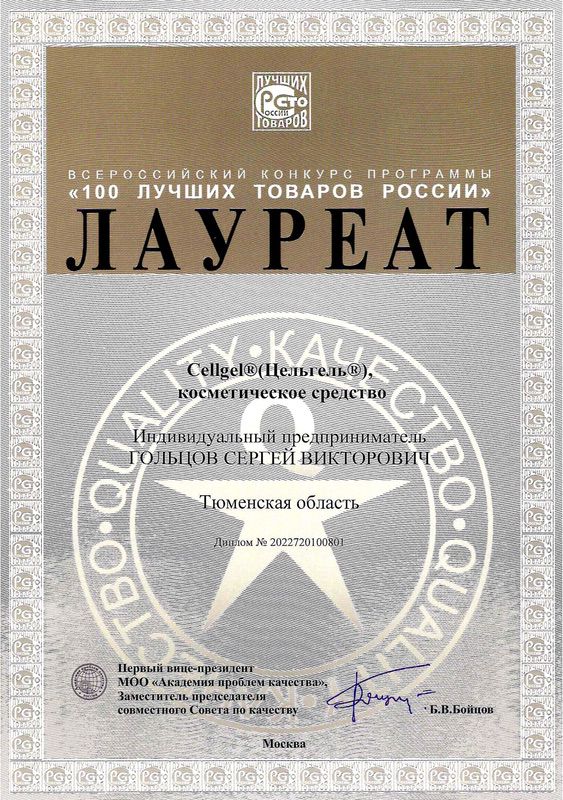




Инки, воспитывая своих детей, давали им... разнополые игрушки, с детства приучая к различению! Так и мы – экспедиция Живая Параллель, продолжая перуанский этап маршрута, ищем различения в развитии культур, дабы глубже познать собственную.
Newspaper Tyumen news, in the face of Irina Tarabaeva, again I was able to talk...
Read more...
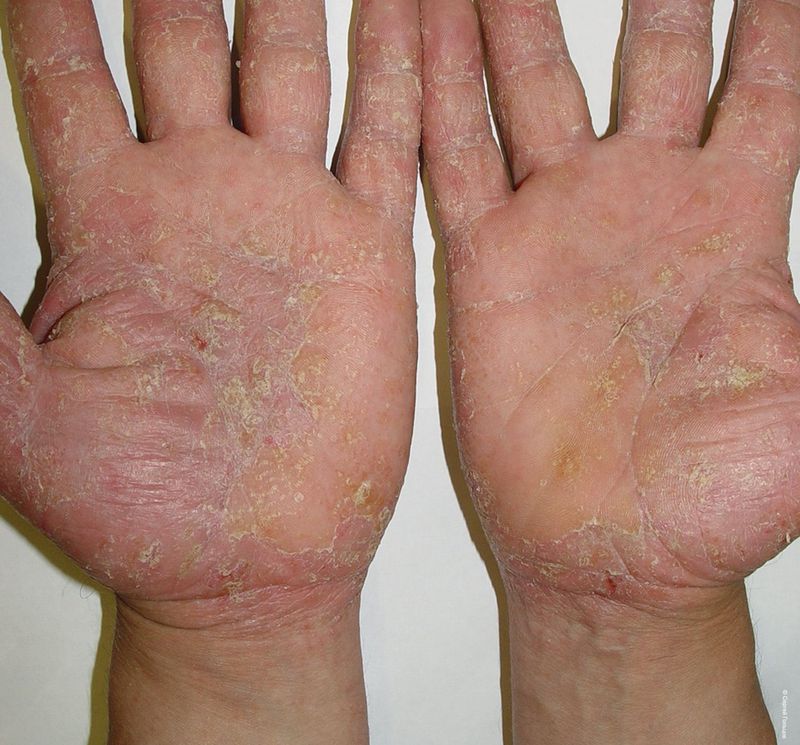
The other day I happened to freeze my hands. Yes, not that frostbite, and not frostbite at all, but so, slightly freeze. All right, all right-my gloved fingers froze, so I remembered a story told by a patient at the reception.